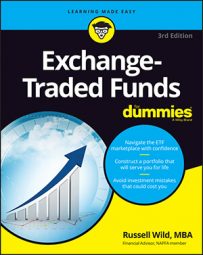None of the ETFs listed below is horrible — far from it. But given the plethora of choices, barring very special circumstances, here are the reasons these options should not rank at the top of your list:
DIAMONDS Trust Series 1 (DIA): The Dow Jones Industrial Average is an antiquated and somewhat arbitrary index of 30 large companies that look good to the editors of The Wall Street Journal. That isn’t enough on which to build a portfolio.
SPDR S&P 500 (SPY): It’s the oldest and largest and among the cheapest (0.09 percent), but it’s not the best thing on the ETF market. The S&P 500, which the fund tracks, isn’t the greatest of indexes.
The legal structure of SPY — unlike the vast majority of ETFs — does not allow for the immediate reinvestment of dividends, which can create a cash drag. Its popularity alone may also create extra drag, for as new companies are admitted into the 500 club, their stock prices tend to pop a bit, requiring fund managers to pay premium prices.
PowerShares Dynamic Large Cap Growth (PWB): You could do somewhat worse than this ETF. But the high-by-ETF-standards expense ratio (0.61 percent) is something of a turn-off. And the “enhanced” index smacks too much of active investing, which has a less than gleaming track record.
If this new fund still shines after many more years on the market, you can give it another look. But for right now — with a five-year track record that lags the Russell 1000 Growth Index by a full 3 percent a year! — shy away.

